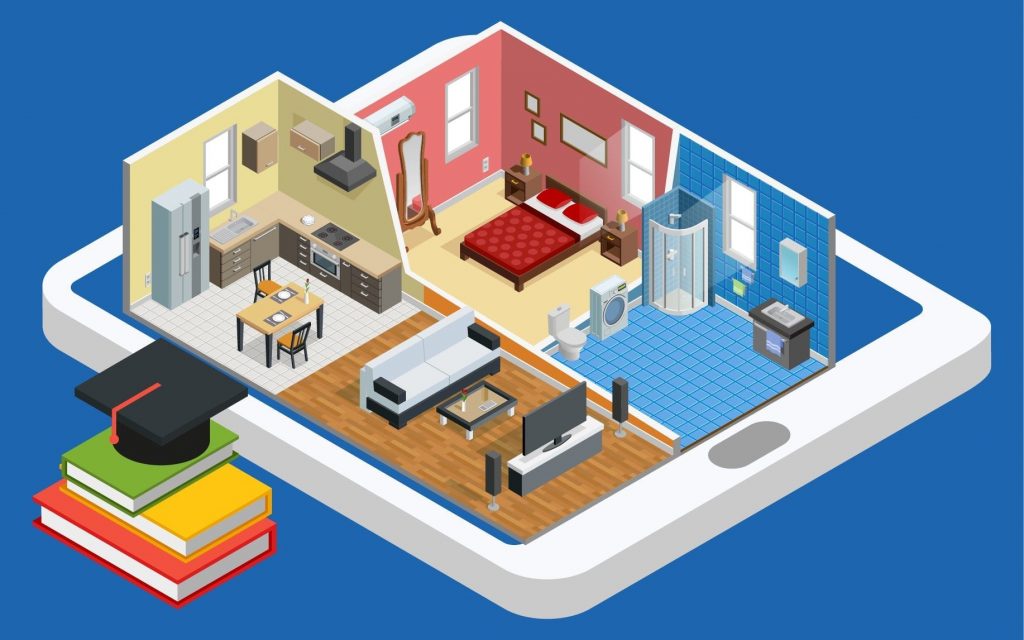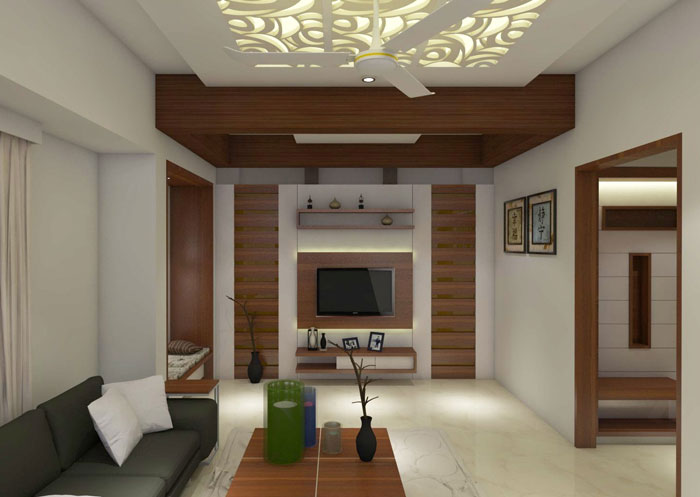Trusted High-End Architect Services for Sophisticated Designs
Trusted High-End Architect Services for Sophisticated Designs
Blog Article
The Art of Balance: How Interior Design and Home Architect Collaborate for Stunning Outcomes
In the realm of home design, striking an equilibrium between aesthetic appeals and functionality is no small feat. This delicate balance is achieved via the unified collaboration in between interior developers and designers, each bringing their one-of-a-kind proficiency to the table. Keep with us as we explore the ins and outs of this joint procedure and its transformative effect on home style.
Recognizing the Core Differences In Between Interior Decoration and Home Style
While both Interior Design and home style play vital functions in producing cosmetically pleasing and functional spaces, they are naturally different self-controls. Home design primarily concentrates on the architectural facets of the home, such as developing codes, safety regulations, and the physical construction of the area. It manages the 'bones' of the structure, dealing with spatial measurements, bearing walls, and roof covering designs. On the other hand, Interior Design is a lot more worried with boosting the aesthetic and sensory experience within that framework. It entails choose and setting up furnishings, selecting shade plans, and integrating attractive components. While they operate in tandem, their functions, obligations, and areas of know-how split substantially in the creation of an unified home setting.
The Synergy Between Home Design and Inside Style
The harmony in between home design and Interior Design exists in a shared vision of layout and the improvement of useful looks. When these two fields line up sympathetically, they can transform a living space from regular to remarkable. This collaboration needs a deeper understanding of each technique's concepts and the capacity to create a natural, aesthetically pleasing setting.
Unifying Layout Vision
Merging the vision for home style and interior design can produce an unified living area that is both useful and cosmetically pleasing. It promotes a collaborating approach where architectural aspects complement indoor design parts and vice versa. Therefore, unifying the design vision is vital in blending design and indoor design for stunning outcomes.
Enhancing Useful Aesthetics
How does the synergy in between home design and Interior Design improve functional looks? This harmony enables the development of rooms that are not just visually attractive however also conveniently functional. Engineers lay the foundation with their architectural layout, guaranteeing that the space is reliable and useful. The interior designer then enhances this with meticulously selected components that improve the visual appeals without jeopardizing the capability. This unified cooperation can result in homes that are both stunning and liveable. An architect may make a house with huge windows and high ceilings. The interior designer can then emphasize these functions with tall plants and large curtains, respectively, therefore boosting the aesthetic appeal while preserving the sensible advantages of natural light and space.
Significance of Cooperation in Creating Balanced Spaces
The partnership in between interior designers and engineers is pivotal in creating balanced areas. It brings harmony between design and design, offering birth to areas that are not only visually pleasing however additionally practical. Discovering successful collaborative methods can provide insights into exactly how this synergy can website link be efficiently achieved.
Integrating Style and Style
Balance, a necessary facet of both interior layout and design, can just truly be attained when these 2 areas job in harmony. This collaborative procedure results in a cohesive, balanced style where every aspect has an objective and contributes to the total visual. Harmonizing style and style is not simply concerning creating attractive areas, yet regarding crafting rooms that work effortlessly for their residents.
Successful Joint Approaches

Case Studies: Successful Integration of Design and Architecture
Checking out several case studies, it emerges exactly how the successful combination of Interior Design and design can change an area. The Glass House in Connecticut, renowned for its minimalistic beauty, is one such example. Designer Philip Johnson and her latest blog indoor developer Mies van der Rohe worked together to develop a harmonious equilibrium in between the structure and the inside, resulting in a smooth circulation from the exterior landscape to the internal living quarters. One more exemplar is the Fallingwater House in Pennsylvania. Architect Frank Lloyd Wright and indoor developer Edgar Kaufmann Jr.'s collaborative initiatives result in a strikingly unique home that mixes with its natural environments. These study highlight the profound impact of an effective design and style cooperation.

Getting Over Obstacles in Style and Architecture Collaboration
Regardless of the obvious advantages of a successful collaboration between Interior Design and architecture, it is not additional reading without its challenges. Communication concerns can emerge, as both celebrations might make use of various terminologies, understandings, and approaches in their job. This can bring about misunderstandings and hold-ups in project completion. Another major challenge is the harmonizing act of visual appeals and performance. Architects may prioritize structural honesty and safety, while developers concentrate on convenience and style. The assimilation of these purposes can be complex. In addition, budget and timeline constraints often include pressure, potentially triggering rifts in the partnership. Therefore, efficient interaction, good understanding, and compromise are critical to overcome these challenges and achieve a unified and successful partnership.

Future Patterns: The Progressing Partnership In Between Home Architects and Inside Designers
As the globe of home style continues to evolve, so does the partnership in between engineers and interior developers. Conversely, interior developers are accepting technical facets, affecting total layout and functionality. The future guarantees a more natural, ingenious, and adaptive strategy to home layout, as designers and engineers proceed to obscure the lines, cultivating a connection that really personifies the art of equilibrium.
Final thought
The art of equilibrium in home layout is attained via the unified partnership between interior developers and engineers. In spite of difficulties, this collaboration cultivates growth and development in design.
While both interior style and home style play necessary duties in developing visually pleasing and practical spaces, they are naturally various disciplines.The harmony between home design and indoor design exists in a shared vision of style and the improvement of practical looks.Unifying the vision for home style and indoor design can develop a harmonious living area that is both functional and cosmetically pleasing. Therefore, unifying the design vision is important in blending architecture and interior design for stunning outcomes.
How does the harmony between home design and interior layout enhance functional aesthetics? (Winchester architect)
Report this page